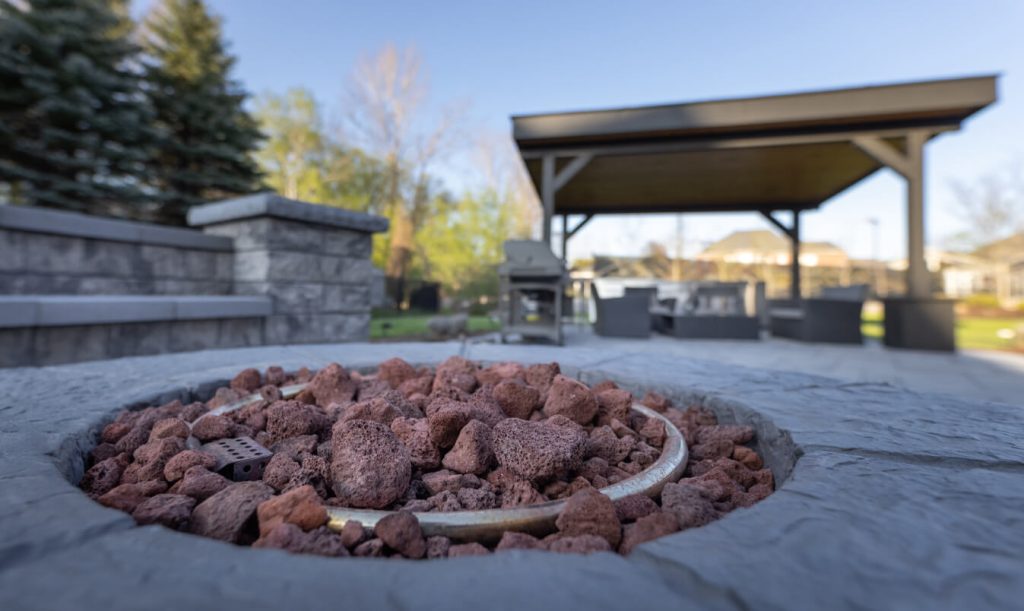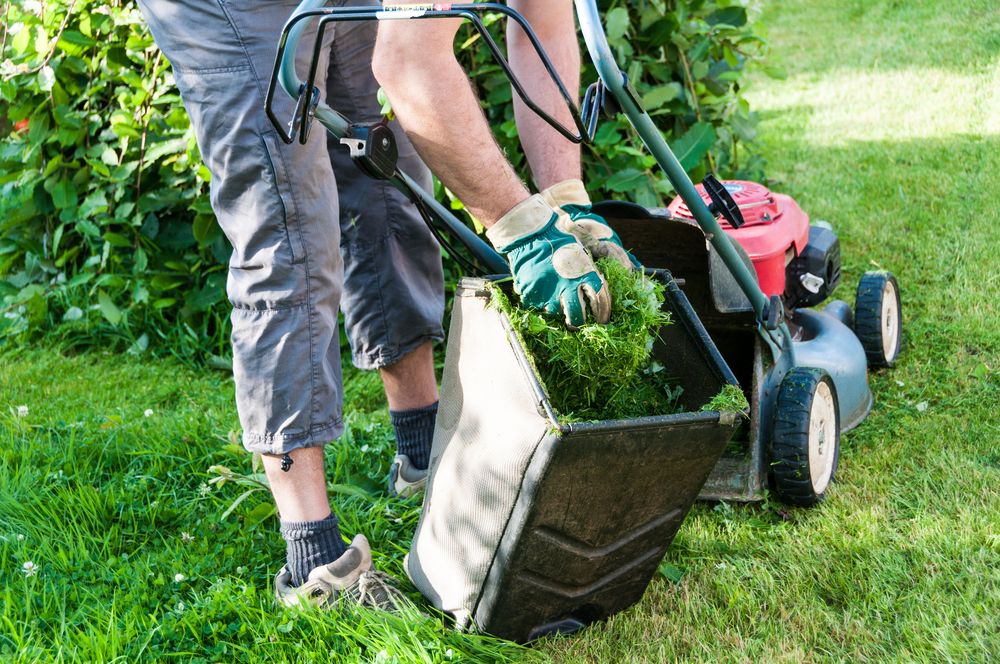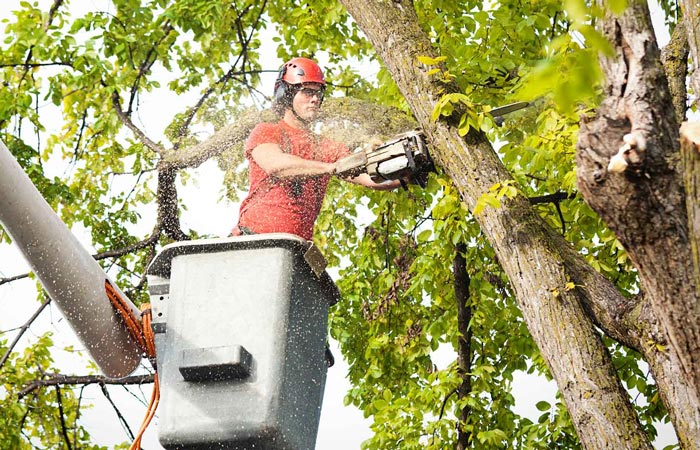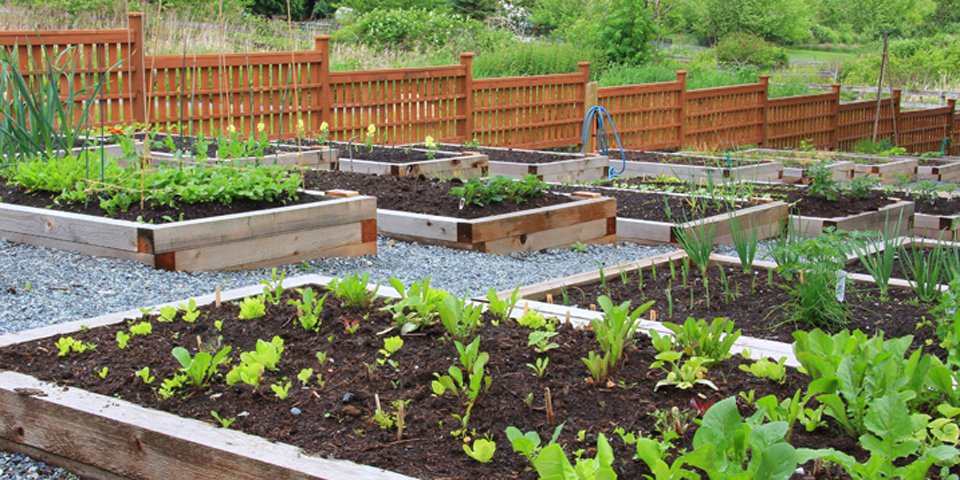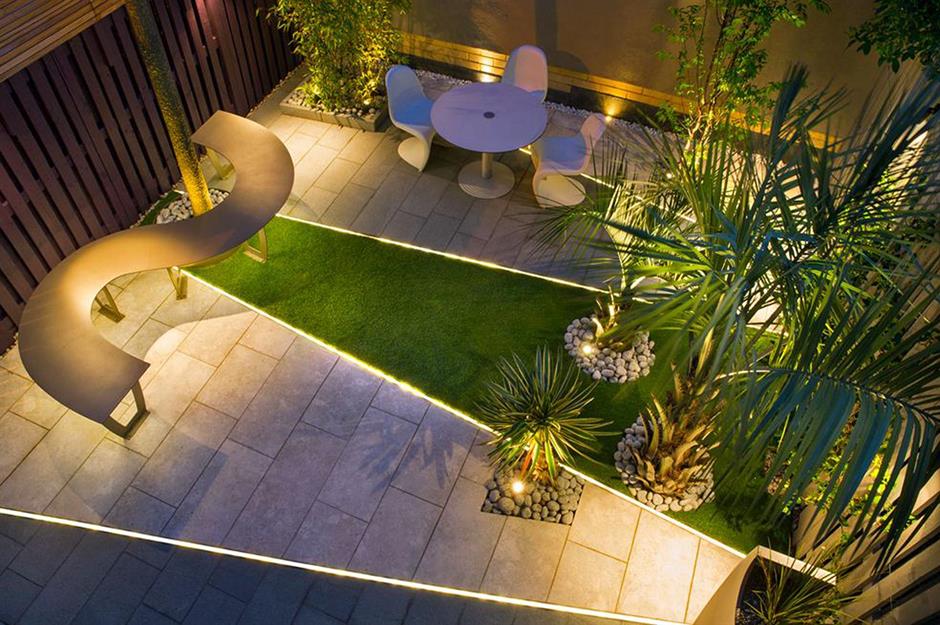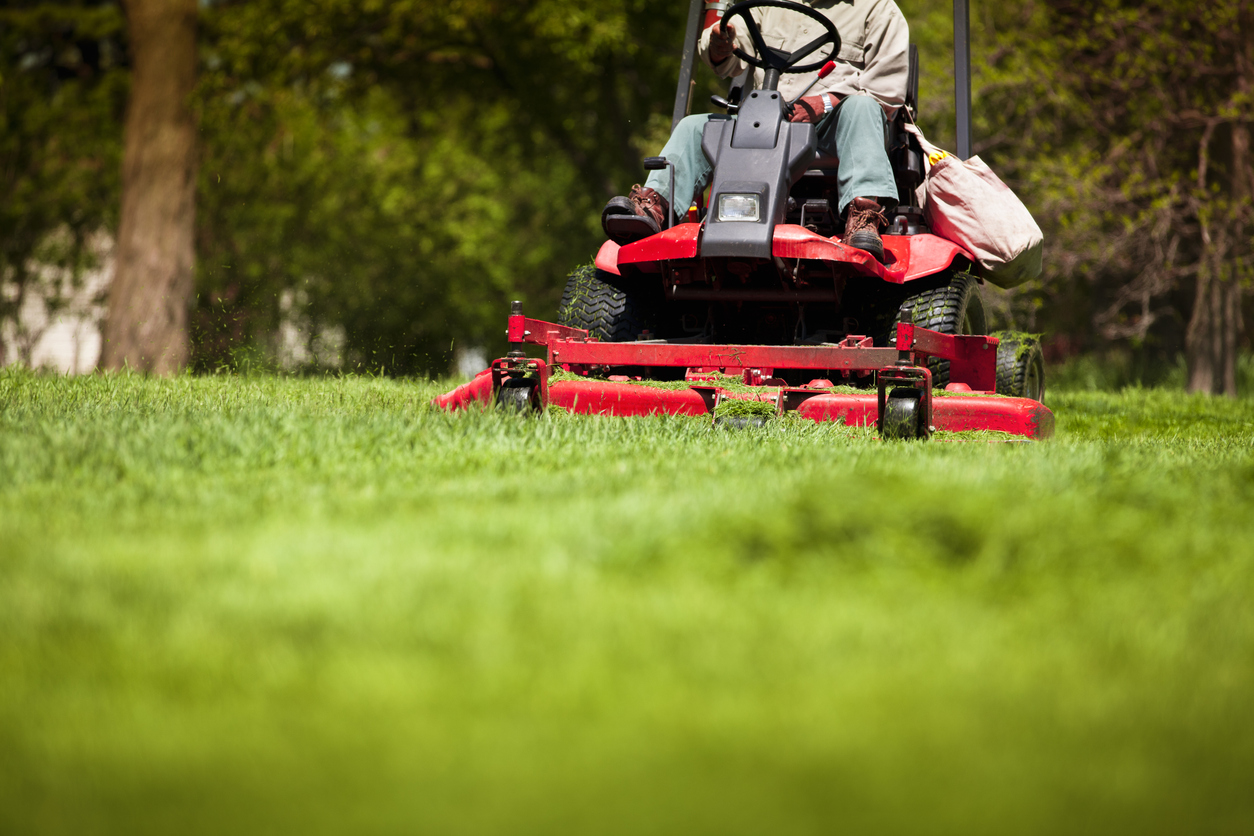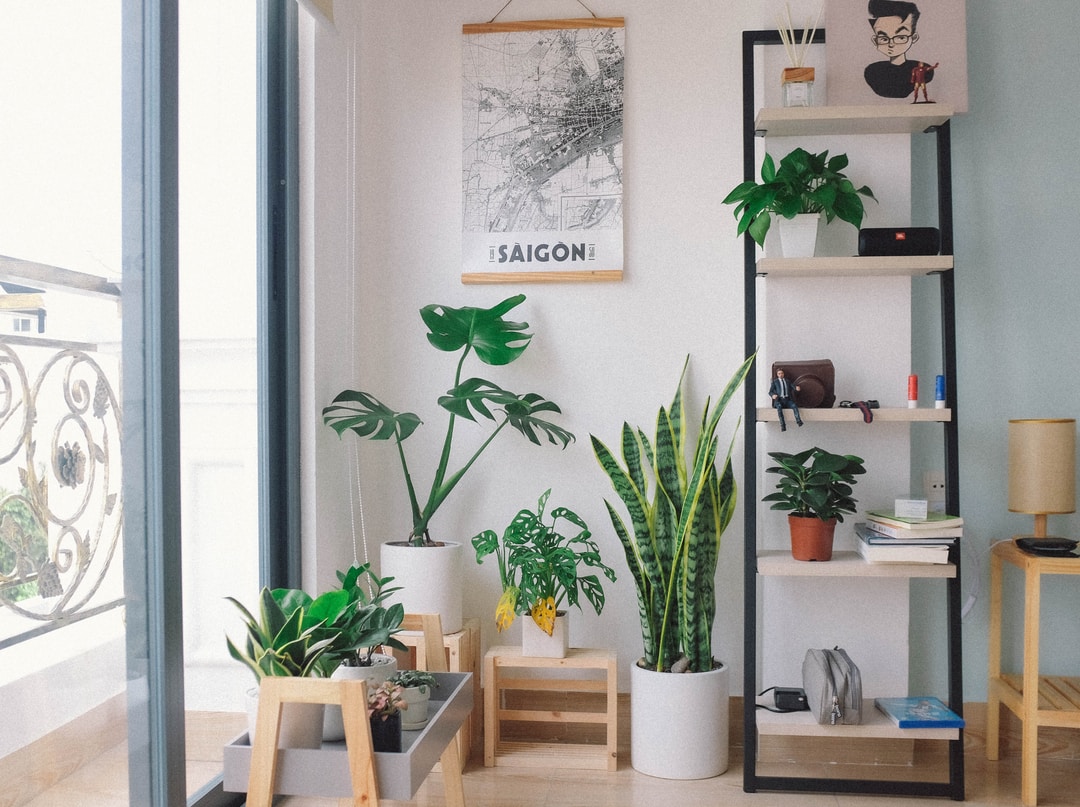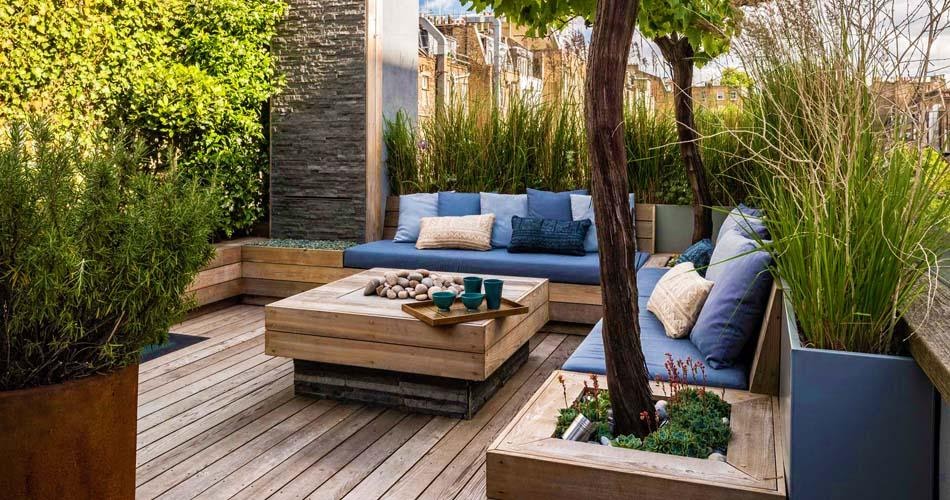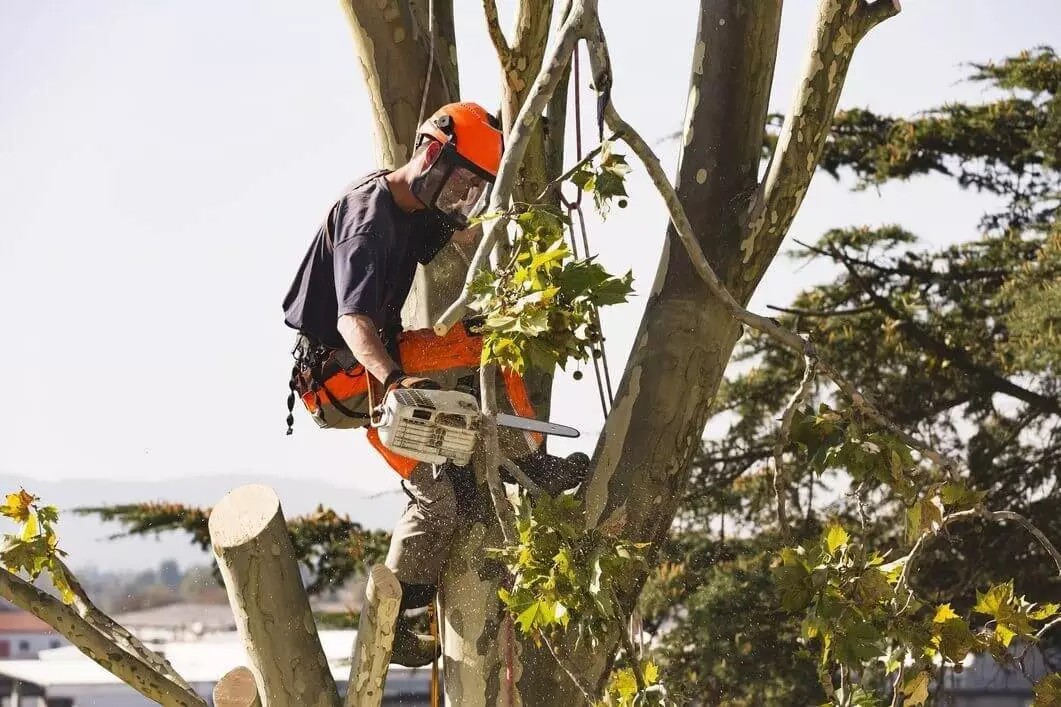10 Decorative Plants Safe for Chameleons
Hey there! I’ve always been a big fan of creating unique and safe environments for pets in our homes. Recently, I came across an insightful chameleon care guide that opened my eyes to how much there’s to consider, especially when it comes to decorating our spaces without putting our little friends in danger. I’m not just talking about harmful objects, but also plants. Yes, plants!
When you own a chameleon or think of owning one, you must know about decorative plants that are safe for them. Today, I’ll share a list of 10 decorative plants that can beautify your home without compromising your chameleon’s health.
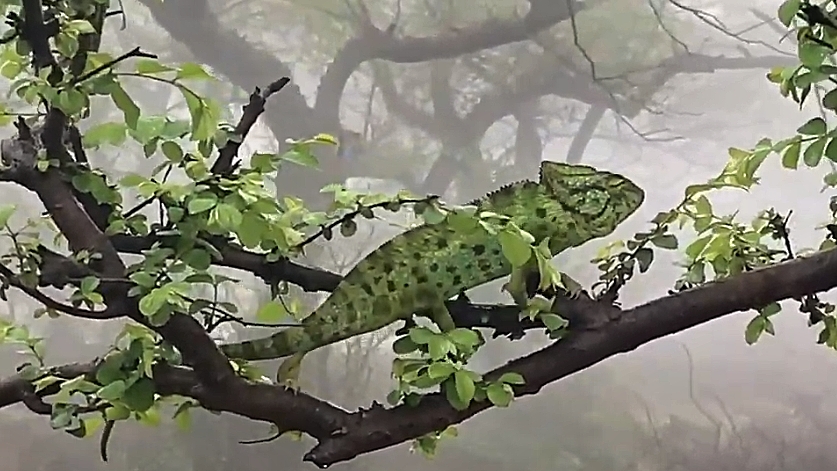
Content
1. Boston Fern
These elegant ferns are completely safe for chameleons and they add a touch of greenery to your space.
2. Spider Plant
Easy to maintain and attractive to look at, spider plants are non-toxic to chameleons.
3. Money Plant
Also known as pothos, these plants are excellent for purifying the air and are harmless to your pet.
4. Wax Plant
With shiny leaves and fragrant flowers, wax plants can be a great addition to your home without causing any trouble to your chameleon.
5. Bromeliads
They’re colorful and safe. Bromeliads come in a variety of species, so you’ll have many options to choose from.
6. Prayer Plant
Its beautiful leaves fold upwards during the night, making it look like it’s in prayer. A peaceful sight for your home and a safe environment for your chameleon.
7. Ficus Benjamina
While some ficus can be harmful, the Benjamina variety is completely safe for chameleons.
8. Air Plants
These are extremely low maintenance and a good choice for those who aren’t into regular gardening. Plus, they pose no threat to chameleons.
9. Orchids
Apart from being absolutely gorgeous, orchids are non-toxic to chameleons.
10. Bird’s Nest Fern
The wavy fronds of this fern are a sight to behold and can be safely kept around chameleons.
Being an industrial mechanic for years taught me the value of safety in every aspect of life, and that includes creating a safe environment for our pets. Speaking of safety and unique environments, did you know that some people turn their suburban houses into strongholds? I recently read about how to turn your suburban house into a stronghold and found it fascinating! Additionally, 5 ways our ancestors preserved food without refrigeration is another interesting article which provides an insight into old-world wisdom. Such articles keep me grounded and offer perspective.
In conclusion, your home’s decoration doesn’t need to come at the expense of your chameleon’s safety. Always do your research, understand your pet’s needs, and create an environment where both of you can thrive. It’s not just about knowing how much does a chameleon cost or how to feed them; it’s about comprehensive care and ensuring they’re surrounded by a safe and loving environment. Remember, a happy chameleon means a happy home!
The Chameleon’s Natural Habitat
Understanding the natural habitat of chameleons can provide insights into how we can recreate a safe environment for them at home. Chameleons, by nature, are tree-dwelling animals, primarily found in the warm habitats of Africa, Madagascar, southern Europe, and southern Asia. These habitats range from rainforests to deserts. The vibrant green plants, which provide them both food and camouflage, are abundant in these regions. Therefore, when we aim to create a sanctuary for them in our homes, imitating these natural environments can provide them comfort.
Importance of Monitoring Plant Health
Just as it’s vital to ensure the plants are non-toxic to chameleons, it’s equally important to monitor the health of these plants. Pests, mold, or any diseases in plants can adversely affect the health of your chameleon. Regularly inspecting plants for any signs of decay, disease, or insect infestation is crucial. If you notice any issue, it’s best to treat the plant or, if necessary, remove it from the chameleon’s environment. Organic remedies are the safest options for treating plants in a chameleon’s living space. Remember, a healthy plant ensures a healthier chameleon.
Integrating Plants and Climbing Structures
While the primary focus is on plants that are safe for chameleons, we shouldn’t overlook the structural aspect of their enclosure. Chameleons are climbers; they love to navigate their way through branches, leaves, and other vertical structures. Integrating safe plants with climbing structures can create an enriched environment for your chameleon. It allows them to exercise, explore, and exhibit natural behaviors. Using a combination of live plants, branches, and vines can make the space engaging and stimulating for them. It’s like building a mini adventure park for your chameleon right inside your home!

I am Scott Miller and my love is writing about home improvement. I write mostly about home ideas, but also share some tips and tricks that can make your life easier when it comes to getting things done in the house.



